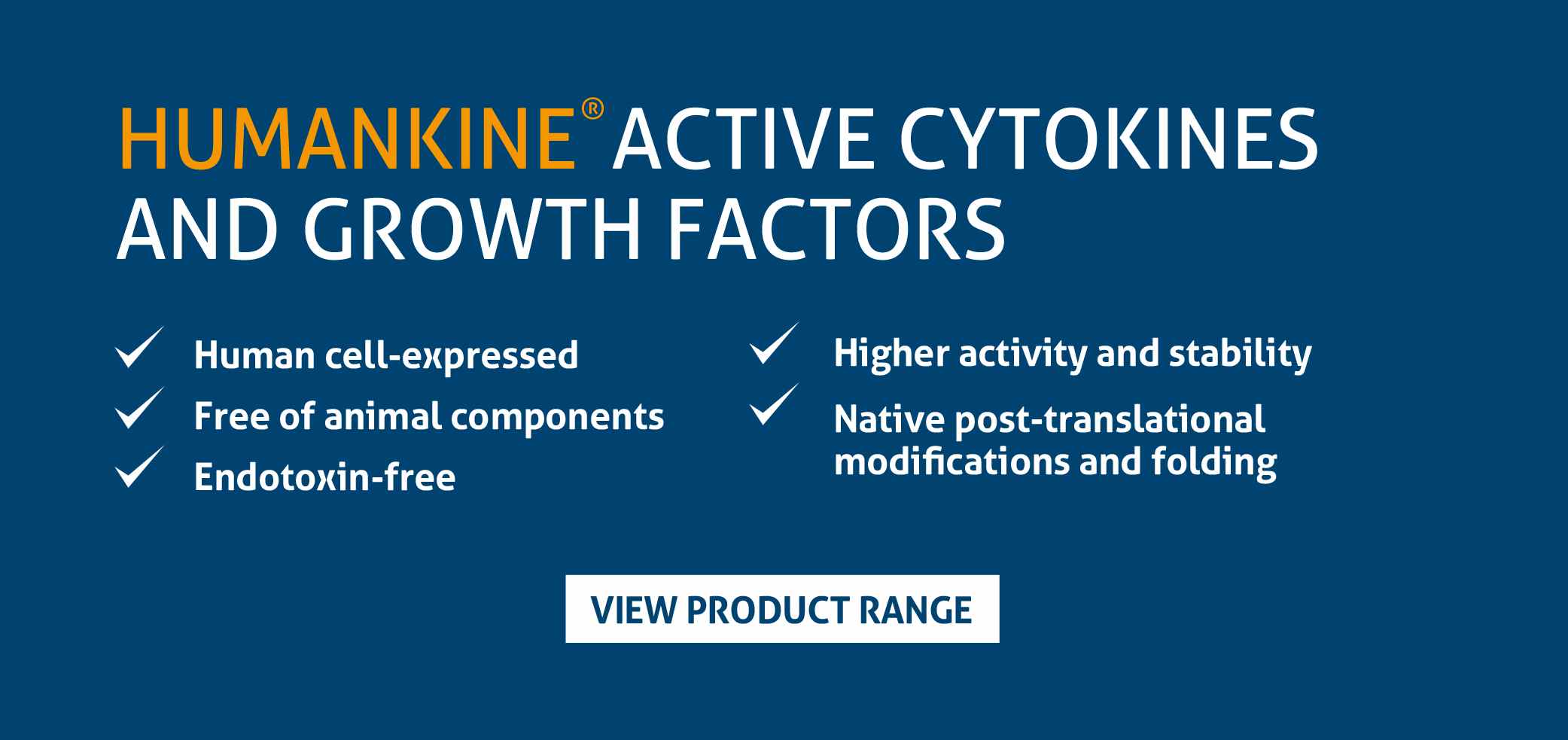Lysate Preparation: Why is RIPA Buffer Best for Western Blot
Why is RIPA Buffer Best for Western Blot?
In 1979, Jaime Renart et al. published an article entitled “Transfer of proteins from gels to diazobenzyloxymethyl-paper and detection with antisera: a method for studying antibody specificity and antigen structure,” the prelude to the modern Western blot (WB) technique.
Soon after, Harry Towbin et al. went one step further and published “Electrophoretic transfer of proteins from polyacrylamide gels to nitrocellulose sheets: procedure and some applications.” With that, the WB technique was officially born.
Today, WB experiments are a cornerstone of biological research. Unfortunately, it is frequently a challenge to obtain good results.
A wise man once said:
|
A successful WB relies upon: 10% Reagents 10% Execution 10% Luck 70% protein extraction. |
Speaking of WB, as an original manufacturer of all our products, Proteintech’s R&D staff test on average over 70 samples for each product in WB. Proteintech’s senior R&D staff will share with you our years of experience with WB to ensure every WB is a successful one.
What Goes into a Lysis Solution?
A lysis solution contains the following components:
1. The buffer system
The pH of the solution is critical. Proteins may precipitate or become unstable when the pH is outside of the physiological range. To avoid this situation, a buffer system such as Tris-HCl is recommended. Besides buffering solutions in this range, a Tris-HCl buffer preserves the physiological ionic strength and prevents the formation of insoluble products with other ions. A HEPES buffering system is another option. We recommend avoiding buffers with high concentrations of potassium, because these can precipitate proteins when sodium dodecyl sulfate (SDS) is present.
2. Salt ions
When the salt ion concentration is too high, some proteins may precipitate. Additionally, when ion concentration is too high, a “smiley face” of band migration may result.
3. Chaotropic agents
Chaotropic agents weaken the hydrophobicity of the proteins to solubilize them. There are two kinds of chaotropic agents in a lysis buffer:
a. Urea/thiourea. These molecules unravel hydrophobic regions by disrupting hydrogen bonding between amino acids. Usually when doing protein extraction for a WB, 6–8M urea and/or 2M thiourea can be used.
b. Detergents. These are a broad class of surfactants. The key to their solubilizing power is their amphiphilic structure. The hydrophobic end binds to the hydrophobic portions of proteins while the hydrophilic end interacts with water, resulting in solubilization.
Ionic detergents can be further divided into cationic, anionic, and amphoteric detergents.Common ionic surfactants are SDS, DOC (sodium deoxycholate), and SLS (sodium lauryl sarcosine). Common amphoteric surfactants are CHAPS (3-[(3-Cholamidopropyl)dimethylammonio]-1-propanesulfonate), and CHAPSO (3-[(3-cholamidopropyl)dimethylammonio]-2-hydroxy-1-propanesulfonate). Common non-ionic surfactants are Triton X-100, Triton X-114, Tween-20, and NP40.
|
Note: It is critical in a WB that the number of negatively charged SDS molecules that bind to a protein is proportional to the protein’s mass, so that the migration rate is influenced only by mass. Adding cationic surfactants in the lysis buffer would disrupt the SDS-protein interaction and make the proteins migrate in the opposite direction. |
Due to the complexity of protein biochemistry, it is challenging to predict the optimal surfactant to extract a given protein. Thus, experimenting with different surfactants is recommended if you encounter issues. This is especially recommended for membrane proteins.
4. Protease inhibitors
Tissues and cells often contain large amounts of proteases. During lysis, these are released and, in turn, can digest the target protein. Therefore, protease inhibitors are critical for preserving the target protein. Common protease inhibitors are PMSF (phenylmethylsulfonyl fluoride), Aprotinin, Leupeptin, Pepstatin, and AEBSF-HCL (4-benzenesulfonyl fluoride hydrochloride). PMSF is highly effective and is the most popular choice for lysate preparation.
Many protease inhibitors require a divalent metal ion to function, so a sequestering agent is also often used to inhibit protease activity, such as EDTA. In addition, for phosphorylated target proteins, a phosphatase inhibitor such as sodium fluoride or sodium orthovanadate is needed to preserve the phosphorylated form of the protein. Sodium orthovanadate, in particular, is very effective, but needs to be activated by adjusting the pH of the solution to 10 and then boiling it until the solution is colorless. Other phosphatase inhibitors include sodium pyrophosphate and β-glycerol phosphate.
5. Reductant
Many proteins exist in multimers through disulfide bonds. Reductants disrupt these bonds so that the extracted proteins are present in monomeric form. Common reducing agents are DTT (dithiothreitol) and BME (beta-mercaptoethanol). Keeping all of this in mind, RIPA buffer is the best choice for sample lysate preparation. We have validated over 13,000 antibodies in WB, and time and time again, experience the best results using RIPA buffer. Over the years we have refined the buffer and below you will find Proteintech’s optimized version:
| RIPA buffer | For 1000ml |
| 50mM Tris HCl, PH 7.4 | 50ml |
| 150mM NaCl | 8.76ml |
| 1% Triton X-100 or NP-40 | 10ml |
| 0.5% Sodium deoxylcholate | 5g |
| 0.1% SDS | 1g |
| 1mM EDTA (0.5M stock) | 2ml |
| 10mM Naf | 0.42g |
| Add ddH2O to 1000ml | |
| Add PMSF to a final concentration of 1mM and any other protease inhibitors immediately before use. | |
| 4 x SDS sample buffer | For 1000ml |
| 12% SDS | 120g |
| 25% Glycerol | 250ml |
| 150 mM Tris.HCl (pH 7.0 1M stock) | 150ml |
| 0.03% Bromophenol Blue | 300mg |
| 20% β-mercaptoethanol | 200ml |
| Add ddH2O to 50ml, aliquot and store at -20°C | |
| 20% β-mercaptoethanol, (or 500 mM DTT replaced), should be added freshly before use. | |
If you are experiencing issues extracting the conventional lysate protein, we recommend reading the literature, rather than randomly trying various extraction kits.



